The River House Lodge
Book Now!
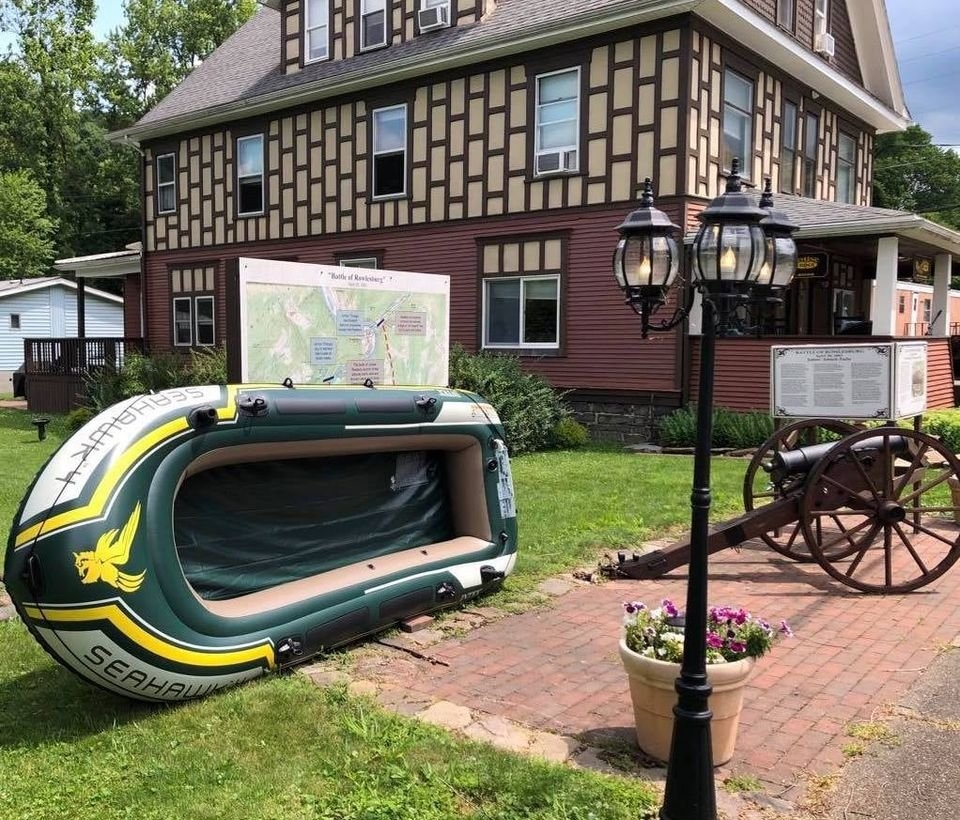
Tucked away in the mountains of West Virginia, the River House Lodge has five guest rooms ready, and will eventually have six. Additionally, it features a dining room, as well as a common room for guests to sit and visit. The house once had a skirted front porch, a place for one of the great pleasures of small towns—sitting and talking. We have built it back as it appeared in the outline in the paint when we removed the vinyl siding.
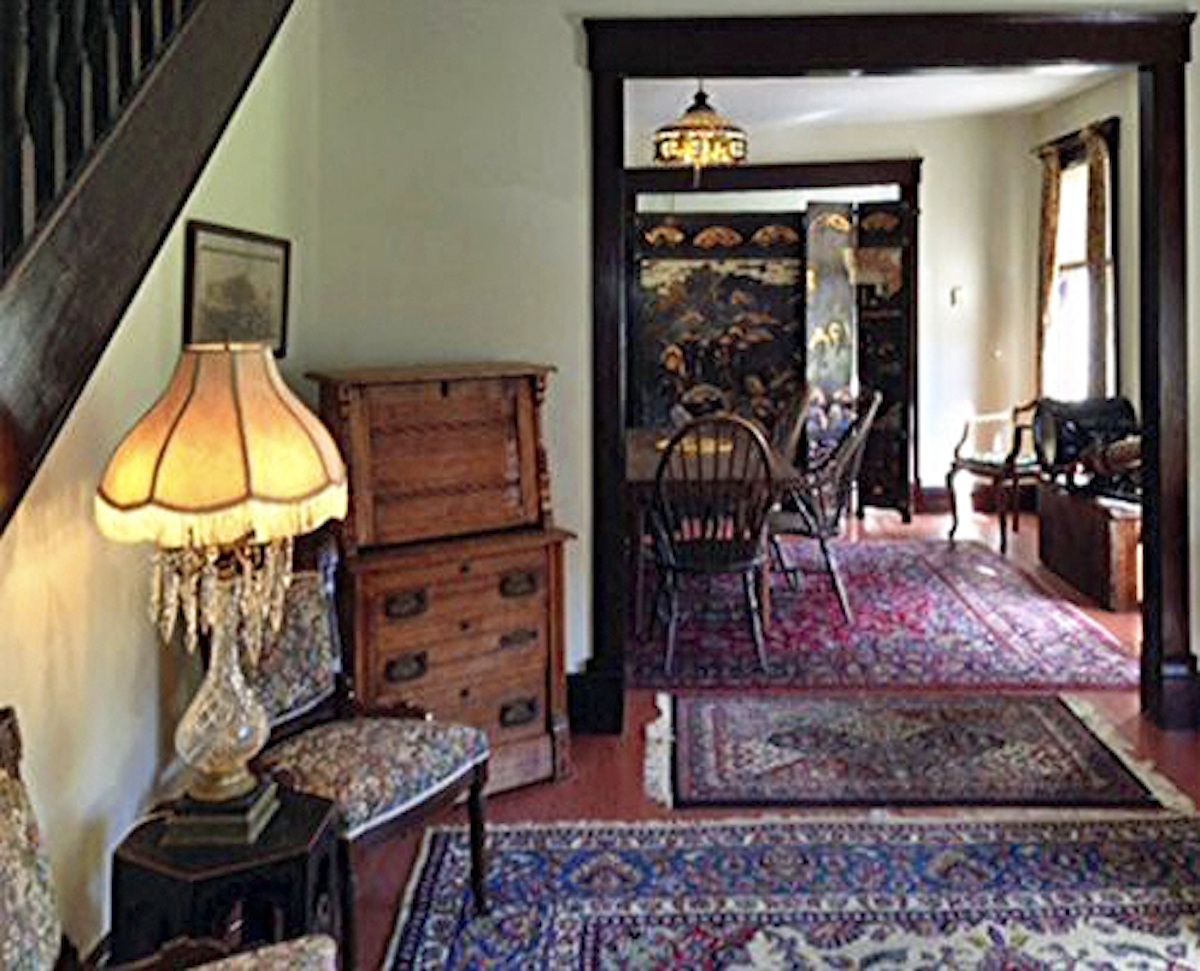
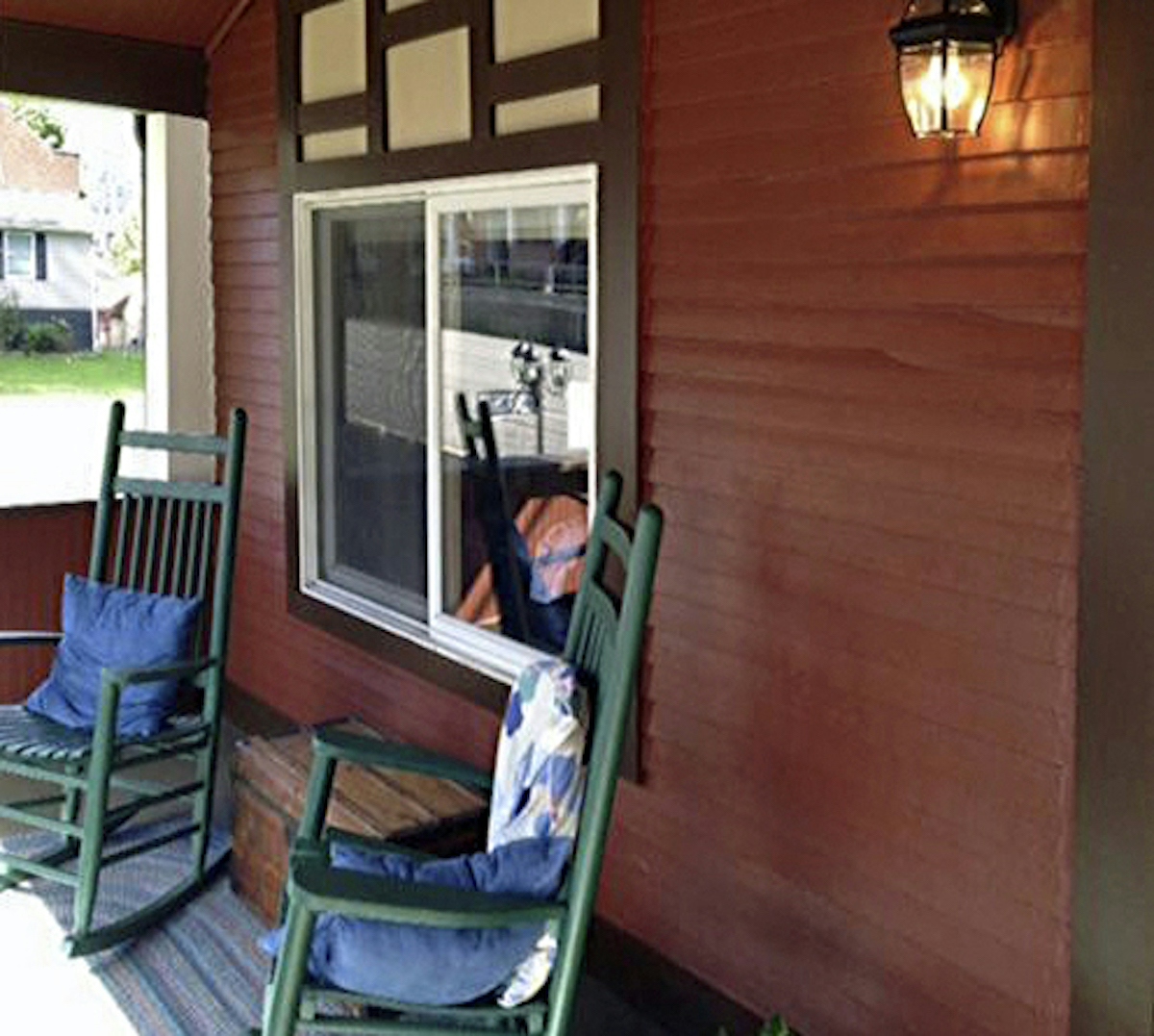
Amenities
Free Wi-Fi
Air Conditioning
Private Bathrooms
Toiletries
Double/Queen Beds
Coffee & Breakfast
All the amenities are offered from private baths to Wi-Fi. Air conditioning is available in each room along with a visitor kit for toothbrushes, toothpaste, shampoo, deodorant, razors, shaving cream and makeup wipes. Very rarely will air conditioning be needed with the cool mountain evenings and the high Victoria ceilings. Some suites will accommodate up to four guests and others more comfortably two. Queen size beds are found in each room except for the Salt Lick Arch family suite where we offer double beds.
The Lodge offers a large front porch with sitting areas for guests. Great place to relax and have a cup of coffee or glass of wine. Both are offered as complimentary items. The common room or parlor is for everyone. We offer lots of reading material especial about railroading and historic places to visit.
A continental breakfast is served daily. The lodge is open from May 1st to the end of December.
Rooms
Each room is decorated with period furnishings—complete brass beds and old fashion commodes. The latter we look at today as antiques and marvel at how far indoor niceties have come. Each room is numbered and also has a local name for flavor. We have chosen railroad names in keeping with the history of the house and the town in which it is located.
Room 1 – The Rodemer Suite
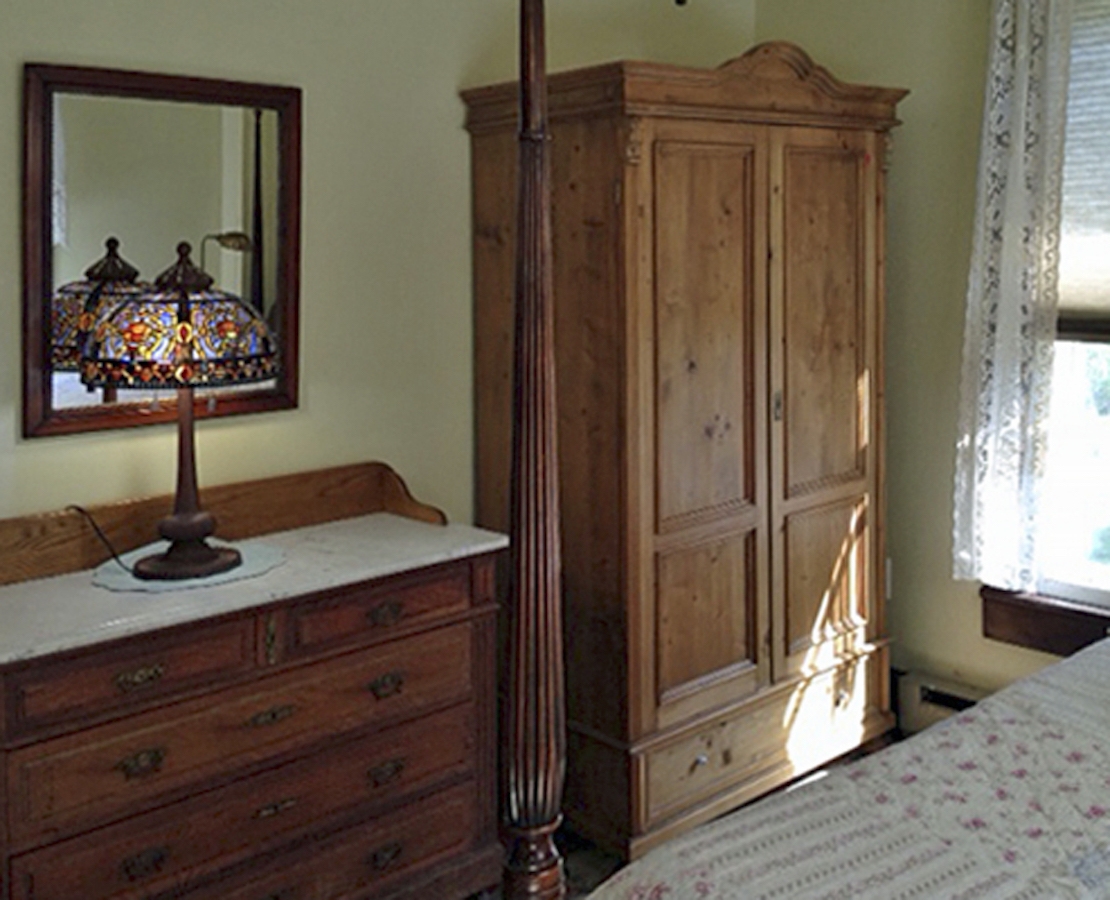

Rodemer was a small unincorporated town along the B&O between Rowlesburg and Terra Alta. It no longer serves a function after the steam era and has all but faded away now except for a few houses. It was once important enough for the “Consolidation” (a local train that stopped at all the little whistle stops along the B&O) to stop for passengers. Steam locomotives could take on water these stops.
Notice the Irish linen press and marble top bureau. The lamp is a Tiffany style—not a real one, but a very good reproduction. The bed is an elegant four-poster of the kind made very popular during the Centennial Celebration of 1876.
Room 2 – Amblersburg Suite

Part of a two-bedroom suite, this room has the brass bed, which came from the home of James and Sandra Weaver of Clarksburg—persons of refinement. The marble top dresser came from the Greenleaf Inn in Newburyport, MA. Most of the antiques at the Lodge are from New England. Notice the fan. Each of the bedrooms has a fan and ceiling light. This is for the comfort of our guests during summer evenings. In Rowlesburg, air conditioning is rarely needed in the old Victoria homes because of their design—high ceilings and plenty of ventillation. However, each room is air conditioned for those unusually hot days of summer.
Room 3 – Salt Lick Arch
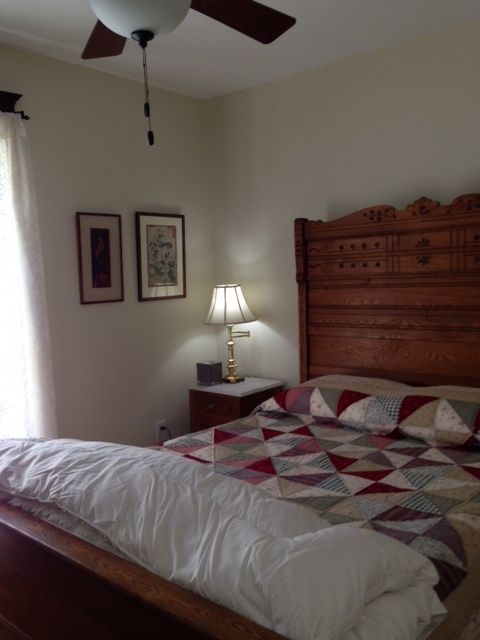
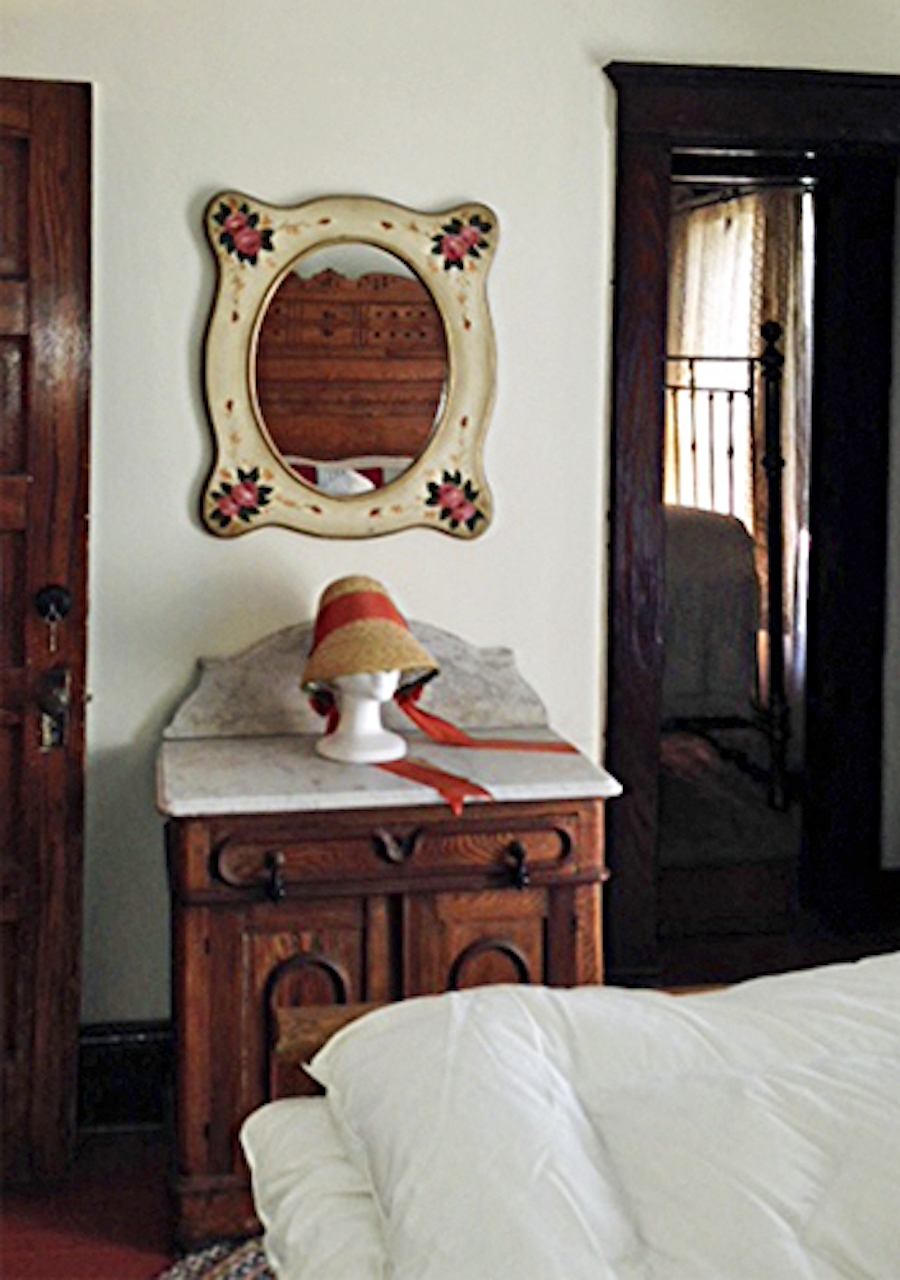
The Salt Lick Arch is an often-photographed feature along the old B&O Railroad near Rowlesburg. Is it constructed of local Bluestone. This landmark on the railroad is near Amblersburg so the two adjoining rooms fit nicely together. The bed shown above is an Amish-style high back. This, like most, is constructed of Oak. The high back beds were often seen in Amish homes and once adorned bedrooms from the mid-Atlantic to New England.
Room 4 – M&K Junction
This large suite with wonderful light and plenty of room to stretch out is named for one of the most famous places on the old Baltimore and Ohio—the M&K Junction. This was the heart of the interlocking system that once controlled mountain railroading on the Cumberland Subdivision. Often photographed and featured in Charles Roberts' book (The West End) the M&K dominated railroading in this region for 150 years. Now crews are dispatched from Jacksonville and all the interlocking is handled there as well. This popular suite has a full bath, lots of antiques, a walk-in closet, and a hand-carved Chinese oriental rug.
Room 5 – Trey Run Bridge
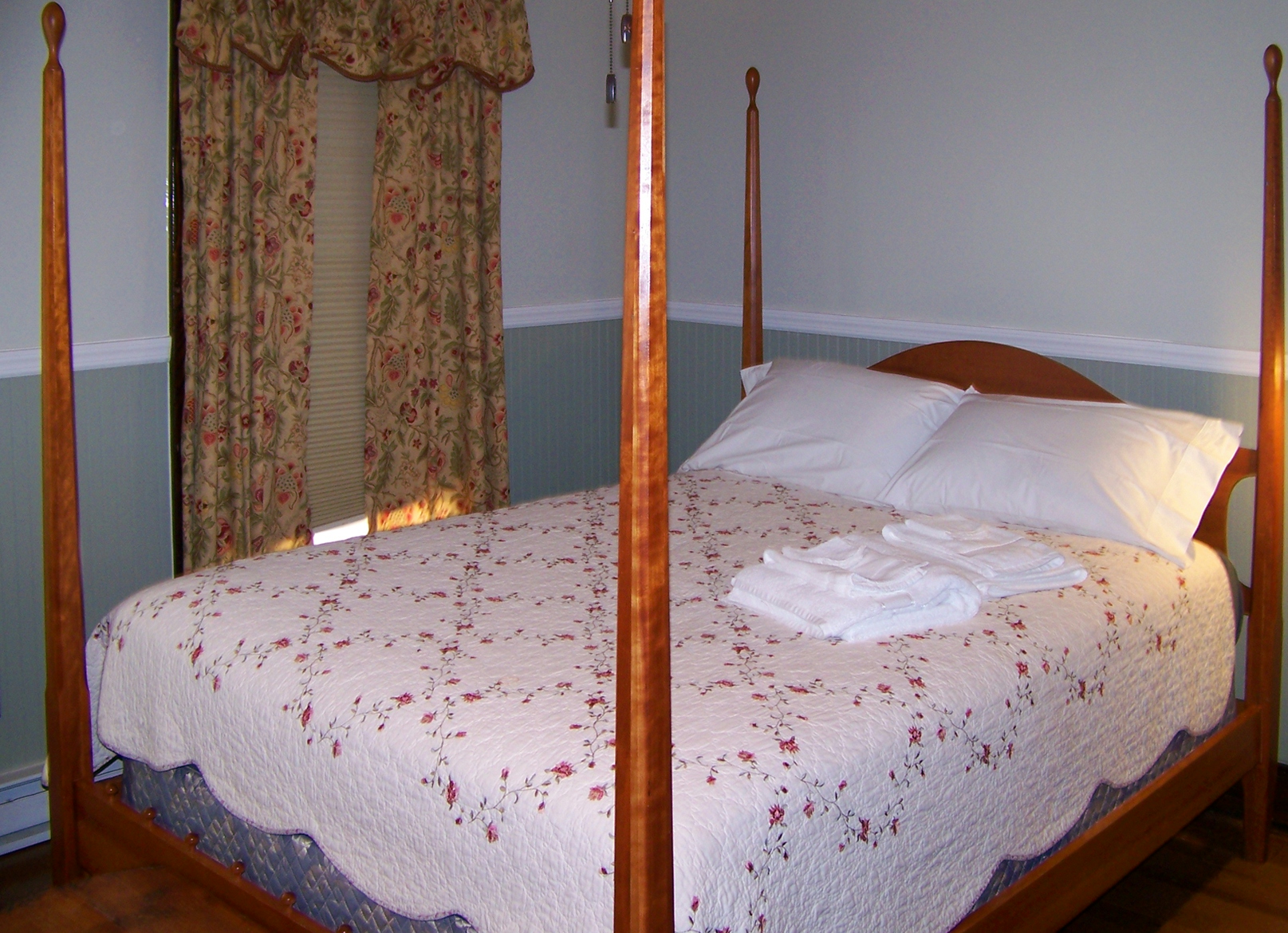
One room of a two-room suite with queen beds. This suite is named for the world-famous bridge and ravine in Cheat Valley and a former water stop on the West End. This geographic feature presented the B&O with a serious impediment to completing the new rail-line to Grafton and on to Parkersburg. The problem was solved by a young mathematician, Albert Fink, who designed an elegant solution. His iron bridge design is on the World Heritage List of 100 bridges. Made of iron and a stonework, the bridge carried traffic during the Civil War and was a vital part of Lincoln's lifeline. The current bridge was built in 1907 to replace the last iron bridge. It is a four-arch stone bridge that continues carrying rail traffic after more than a hundred years. This stone viaduct was deemed so important to commerce in the state that it appears on the back of the Great West Virginia State Seal.
Room 6 – Blaser Suite

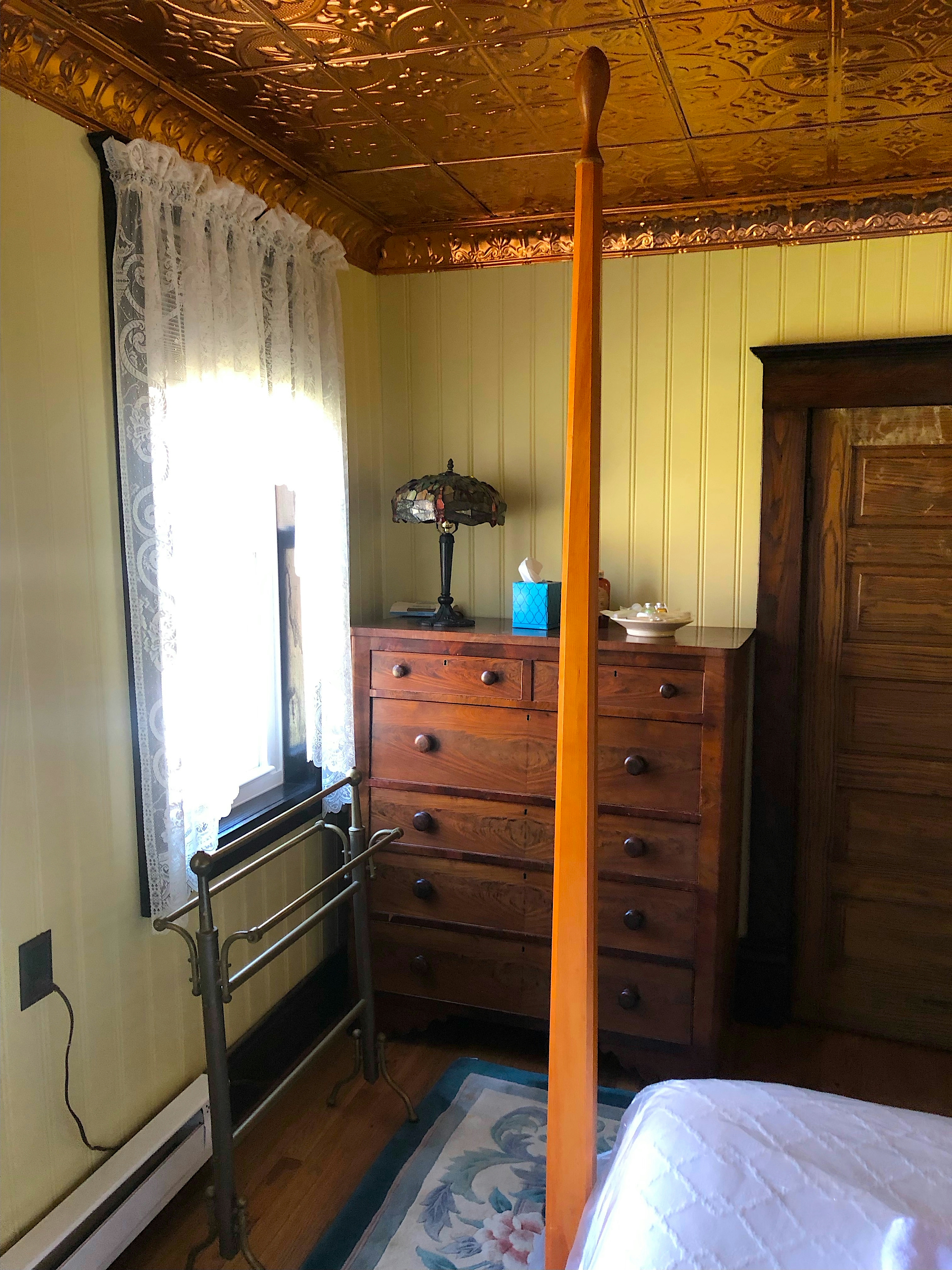
Second room of a two-room suite with queen beds. This suite is named for the train stop on the Cheat River Grade heading west out of Rowlesburg. A tiny community grew up around the tower and watering station for steam engines. Blaser was once an important part of the complex interlocking system used to move traffic over Laurel Mountain. When the B&O main trunk line ran through Rowlesburg, towns like Blaser played an important role in the helper service needed to push trains east and west up the steep grades created by Cheat Valley in the Allegheny Plateau. The whistle stops like Blaser were home base to the crews that handled watering of the steam engines, switchmen to handle the siding where trains could pull off going up the mountain, and a tower that communicated with the main tower at Rowlesburg. This room features antiques, queen bed, tin ceiling, and an oriental rug. The two rooms of this suite share a bath.